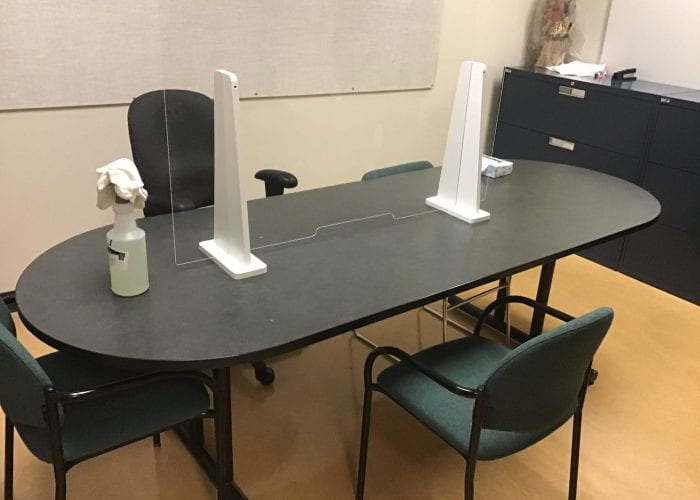Welcome to my blog post from the “hide your fires” project we did before the spring break. The hardcore Shakespeare readers may recognize that name from one of Shakespeares most famous plays, Macbeth. This makes sense because this project was all about adapting Macbeth to arguably the closest point to mass destruction in history, the Cold War. Even more interesting is that we would have to make this a film.
Right off the bat I had a few questions about how this project could work. Would Macbeth really work set in the 1950s? How could we adapt the story to make sense? I was also worried that we would have trouble staying organized as we were working as a class. Usually working in groups that big communication becomes very challenging. Ms. Willemse let us know that many of the other class films that PLP does fail. With all the concerns I had I knew that our class would have to really nail many of the hardest parts of filming making in order to complete this project.
One of the things that our class did well on was learning about both the Cold War and Macbeth. Most of us already knew something about the cold war because of other projects we had done or from watching documentaries. In class we still spent a few hours learning the finer details. Macbeth is what we spent most of our time researching. I got to watch a few different iterations of Macbeth from different directors and time periods. I also read most of Macbeth on our iPads. By researching both these things I had lots of inspiration for when I had to write my own story for Macbeth.
Before we started to write the story of Macbeth Ms wilemse set up an elimination bracket style brainstorming session. Basically we started in small groups and each group made their own idea, then every small group found another group, compared each other’s idea and made a new better one. We did this until there were two big groups left and picked our final idea for the film. This was genius because it meant everyone’s best ideas were kept without the problems that happen when you try and get 20+ people to all collaborate efficiently.
Our class used a similar strategy when we wrote the script for our film. We spilt every scene up in between groups of three. I really enjoyed this part of our project because it lets us be really creative and build off each others ideas. We combined everyone’s scenes and then the official script writers made their script.
Some other things we did well was give roles to the right people. Fraser is an excellent cinematographer and he helped make the film look so professional. Anders, Angelo and Alex all did an amazing job editing the movie. All the actors and directors did a great job with Filming. Everyone really did a great job.
I got to talk to some of my piers about what I thought were our biggest mistakes in this project. We decided that there were two main mistakes we made. We needed to find a better way to communicate between the different sections of project. We also thought that having more time to spread the project across would stop important parts from overlapping.
I haven’t got to see the completed film quite yet so I can’t comment on how it is. From what I have seen of it I was surprised at how real it looked. I think my biggest takeaway so far is the power of teamwork. Even though working in such a big group has some serious challenges, when people can work together we can do so much more than just one person because we can play off of everyone’s strengths. After watching the full film I will expand on this section.
In conclusion, despite the challenges that I knew we would have with making such a complex film, we really came together as a class and managed to make one of the best PLP videos I have been apart of.






Leave a Reply